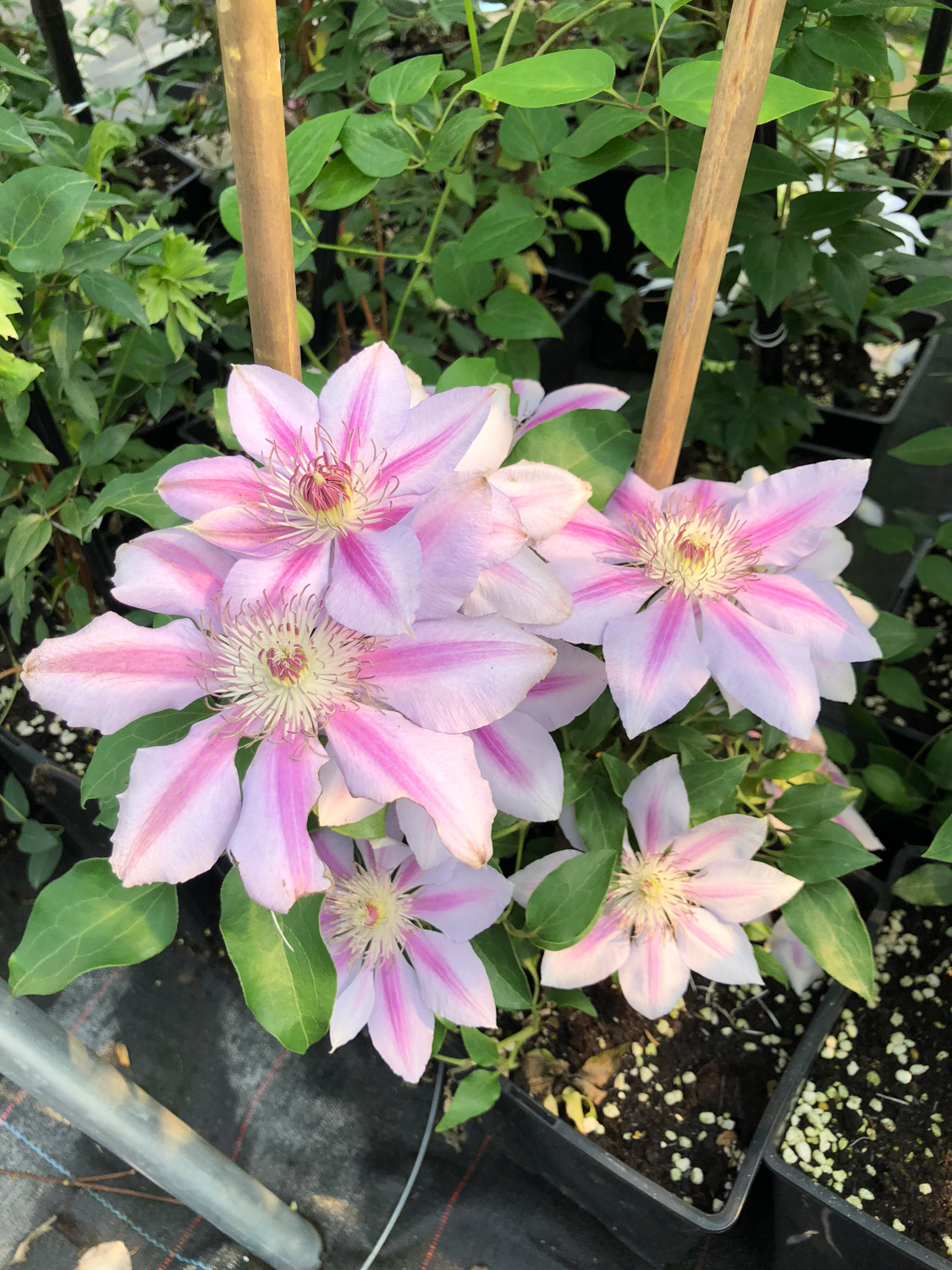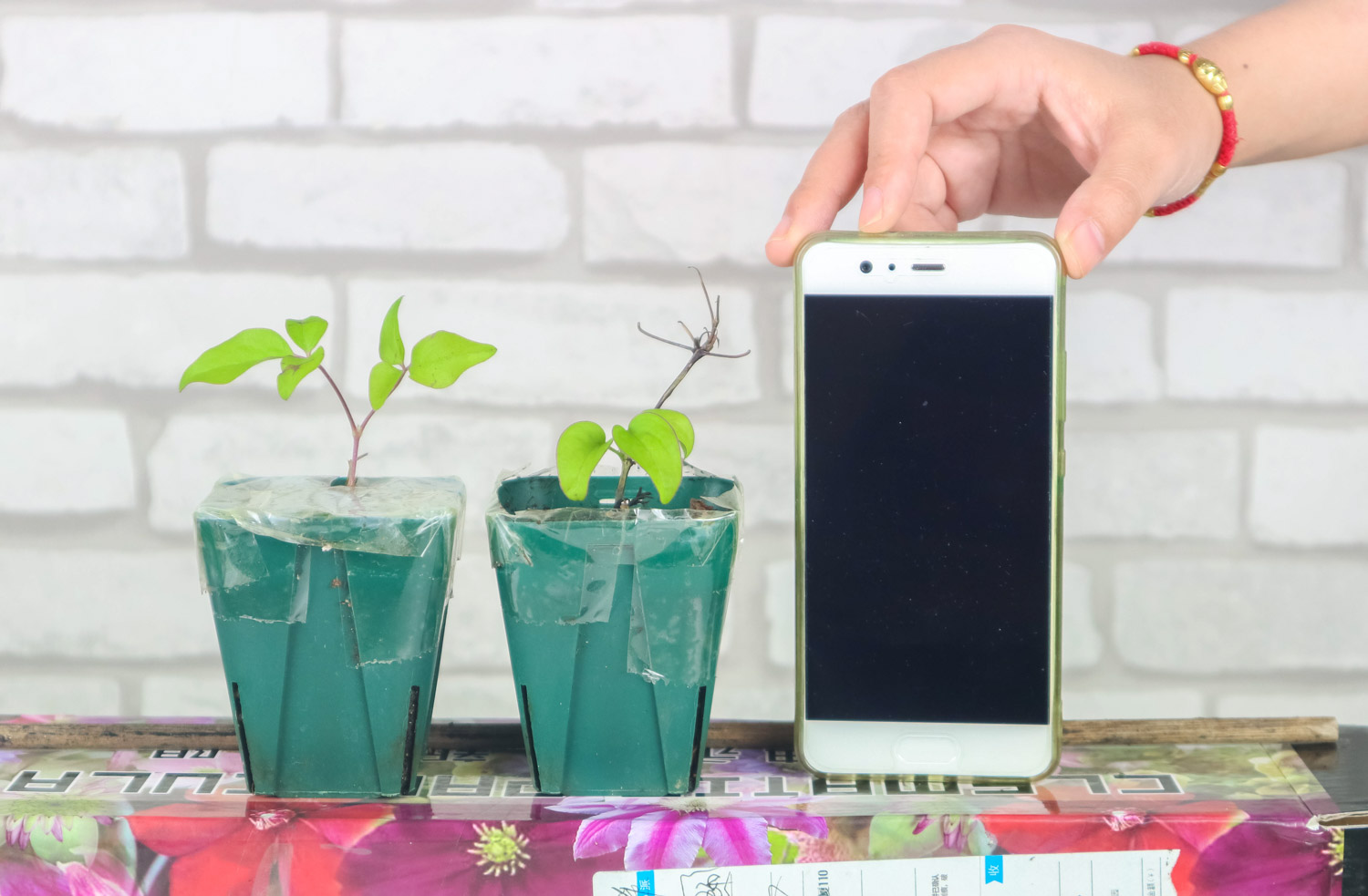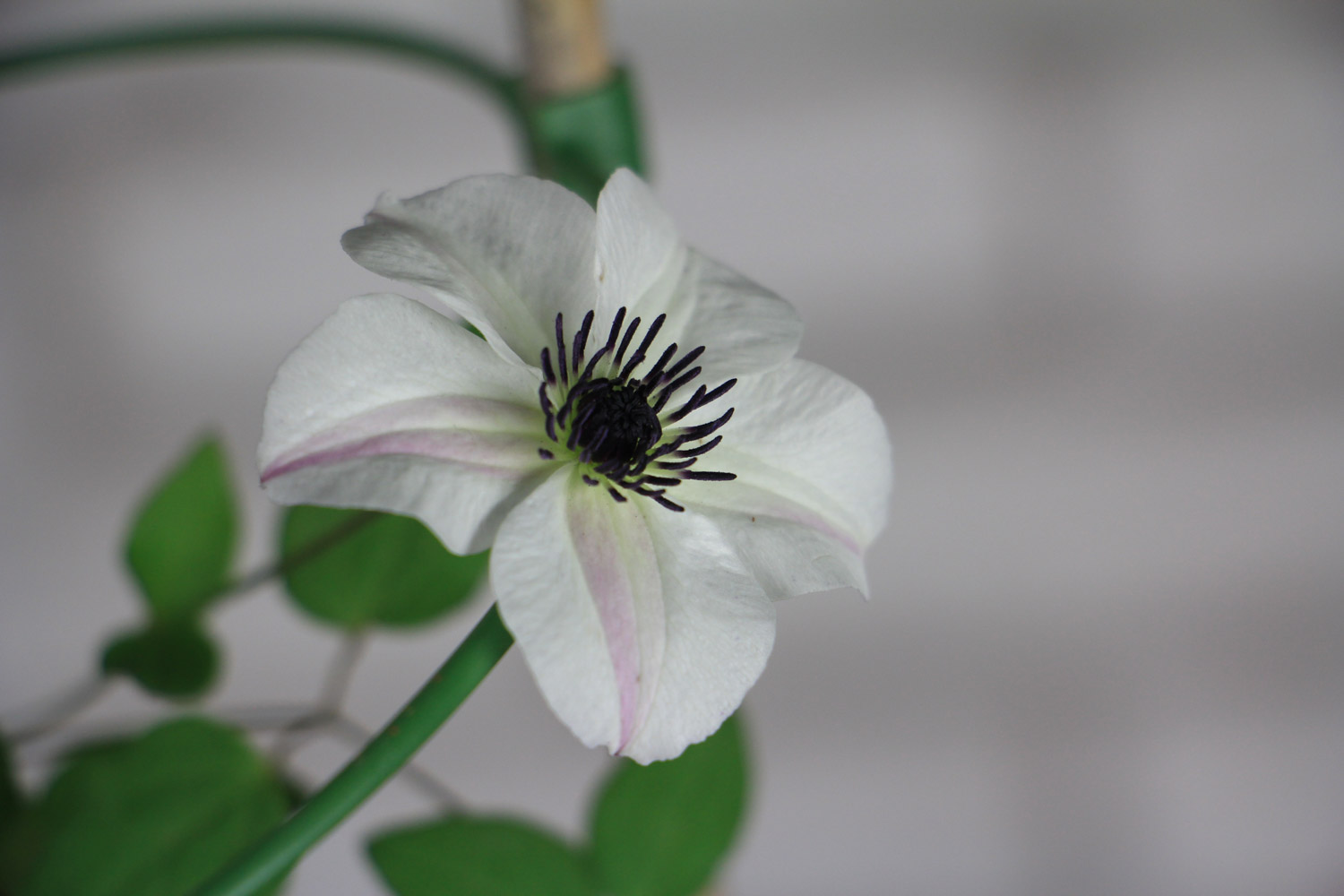1. Soil
Clematis likes relatively thick weak alkaline soil. In addition, it is not resistant to waterlogging, so it is necessary to choose soil with high drainage capacity when breeding. During family breeding, rotten leaf soil, coconut bran and peat can be mixed as its culture soil

2. Illumination
Its growth needs sufficient light. At ordinary times, it can be cultured in the sun and given full sunlight. However, when the light is very strong in summer, it still needs to be properly shielded, otherwise the leaves will be burned

3. Moisture
Watering it needs to follow the principle of "see dry and see wet", that is, don't water it before the soil has dried out. The soil needs to be kept dry and wet alternately. However, it should be noted that the drying here refers to the surface of the soil, not the interior. Generally, as long as the soil 2-3cm below the soil surface is dry, it can be watered
4. Fertilization
Because Clematis has many varieties, there is no fixed standard for fertilization. Here is the general principle of fertilization, that is, thin fertilizer and frequent application. Before fertilizing it, the fertilizer needs to be decomposed first, and raw fertilizer cannot be applied. It is necessary to dilute the fertilizer when applying it. It is not allowed to apply too much fertilizer or too much fertilizer at one time


 jackfruit
jackfruit snake plant
snake plant hibiscus
hibiscus hydrangea
hydrangea lavender
lavender Green roses climb al...
Green roses climb al... If you don't pay att...
If you don't pay att... Management of four g...
Management of four g...

































